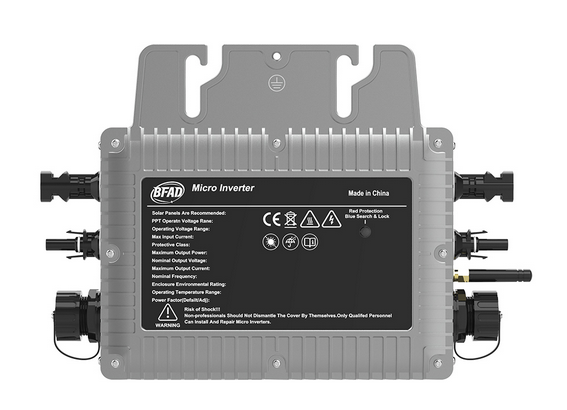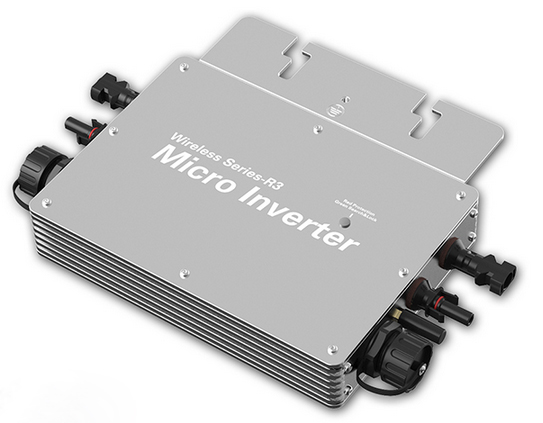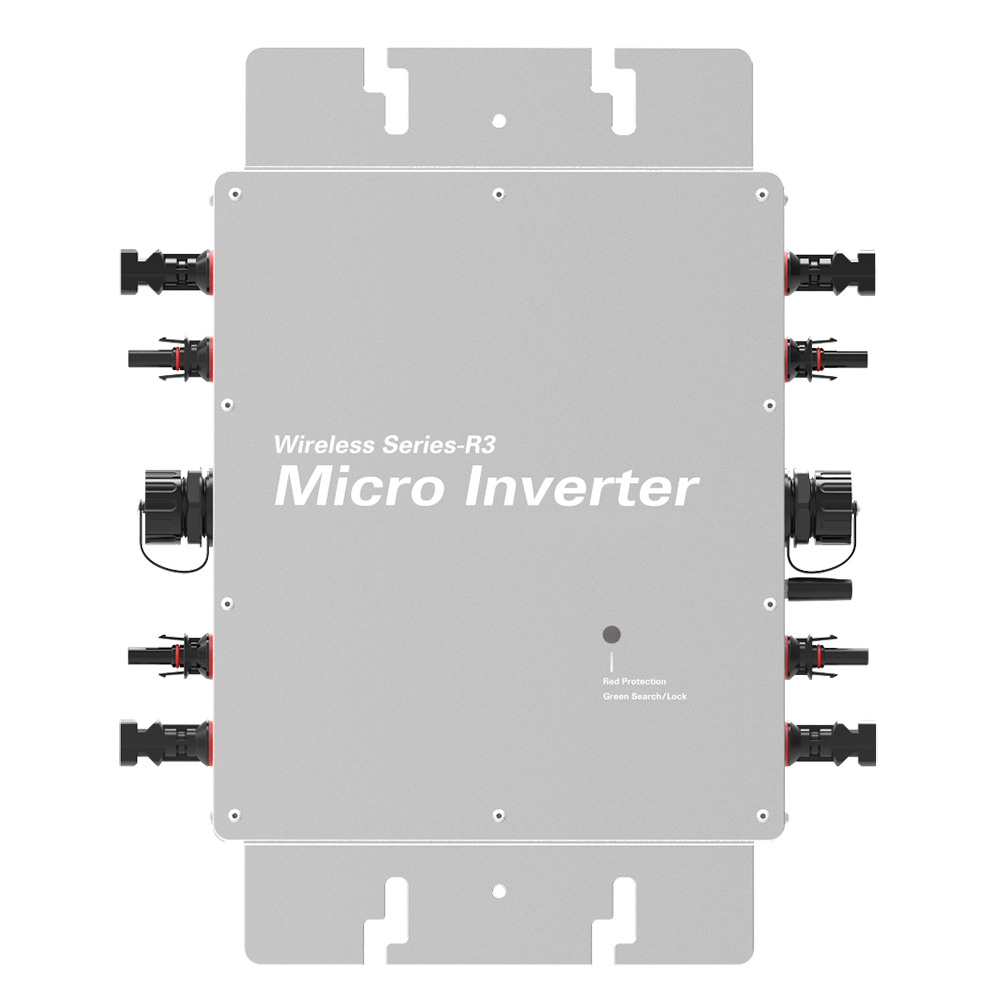
Inverter and converter are two common devices in power electronic equipment, they play an important role in the power system. While in some cases the two may be used confusingly, there is actually a clear difference between them.
Feature
Inverter: Specialized in converting direct current (DC) to alternating current (AC) for power supply to AC equipment. It can adjust the output waveform and frequency to suit different application requirements.
Converters: Covers all types of electrical energy conversion equipment, including inverters (DC to AC), rectifiers (AC to DC), boost converters (increase voltage) and buck converters (decrease voltage).
Application scenario
Inverter: Commonly used in solar power generation systems, portable generators, UPS (uninterruptible power supply) and other scenarios that need to convert DC power to AC power that can be used in home or industrial equipment.
Converter: More widely used, can be used in electronic equipment for power management, signal processing and other fields.
Working principle
Inverters: Quickly switch the direction of current through switching elements, such as transistors or MOSFETs, to generate AC waveforms. Different techniques can be used, such as sine wave inversion, square wave inversion, etc.
Converters: Different circuit design and control methods are used according to their type, such as using transformers, rectifier diodes, switching modes, etc.
Output characteristic
Inverter: The output alternating current may be sine wave, square wave, or modified sine wave, depending on its design and application requirements.
Converter: The output characteristics depend on the type of conversion, for example, the rectifier output is smooth direct current.
In general, the inverter is mainly to convert direct current to alternating current, and the converter is to convert power from one form to another. They have different application scenarios and functions in power system. It is important for engineers and practitioners in the power field to understand the difference between inverters and converters in order to choose the right equipment and solutions for practical applications.



